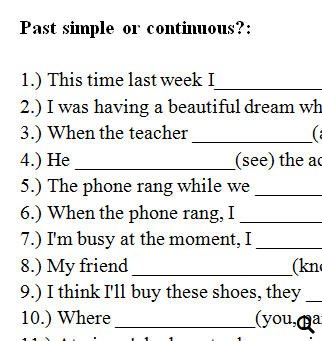
I mean: is it possible that the rush to get more commissions is, as it often happens, a bad counselor? Is it justifiable - talking about the towers of Pune by MVRDV - the sloppiness at certain levels, for such important and impressive projects, moreover presented as strange ashtrays in an anonimous and dead context? (guys, you are always the lights of our profession, make a little more effort. OMA, extension Rotterdam Stadskantoor, NL (2009) Furthermore, we underlined how the composition through “derezzed blocks” or “cantilevering tetris voxels” developed by BIG with its “Lego Towers” of 2006 is adopted also by H&DeM for the project “56 Leonard Street” (2008), as well as in part by OMA for the extension of the Municipality Building in Rotterdam (2009) and in another tall building in Manhattan (2008). With the strange coincidence that, for a twist of fate, even the practice of Bjarke Ingels was involved in this competition, in fact losing against its own weapons. We had already tackled this topic in “Bigness” in September 2009 ( ): in our paper we noted how already in 2008 the winner proposal by the same MVRDV (joined with the Danish ADEPT firm) for the construction of the Sky Building in Rødovre, municipality of Copenhagen, adopted formal solutions and representation method through diagrams and dry compositional schemes already typical of BIG. In a more detailed, vis-a-vis comparison of the two projects, we can notice that the proposal by BIG - three/four years earlier than the analogous proposal by MVRDV, as well as published, among the others, in the book-manifesto “Yes Is More” (2009) - looks much better represented, even by means of compositional diagrams and beautiful maquettes at different scales, now established tòpoi of the brand.

02 (2008), from the book “Yes is more”, pp. Maybe a little bare, for a megastructure of 1.068 housing units, whose size and proportions may be similar - with due respect - to steroidized “ Vele di Scampia” in Naples, reassembled elsewhere and rotated in various directions. (from the press documentation of the project, ©MVRDV). “The Future Towers project introduces lost qualities to mass housing: increased density combined with amenities, public facilities, parks and a mix of inhabitants resulting in a vertical city” I’ll say more: the predecessor is rather motivated by formal choice, even from the theoretical point of view, while the Future Towers wearily refer to concepts rather vague, if not consumed:

No doubt about it, they are really similar.

Both projects are visible in the pictures just below. One cannot deny, for example, that there is more than a similarity between the Amanora Apartment City/Future Towers by MVRDV, in Pune (India), of which the start of the works is announced some week ago, and the World Trade Center (in version 1, but also in the overturned and even more interesting version 2) in Vilnius, Lithuania, designed by the BIG boys in 2008. Today it seems that things are getting different: more and more often, works designed by different international architecture firms and conceived for the most remote locations, even thousands of miles away one another, seem to be quite “familiar”. Until recently it was commonly believed that, after the end of the Grand Theories and with national identities less and less marked, in fact it was the single architecture firm individualism to emerge, each one committed to grow and boost its brand recognition over competitors: a Gehry’s building was immediately identifiable, we would have never confused it - citing some other name of the best known - with another one by Jean Nouvel, or Zaha Hadid, or H&DeM, or MVRDV: everyone with their approach, their own personal lexicon. Perhaps because of the bulk amount of information arriving in real time in our devices always connected to the network, we often are surprised to notice similarities, analogies, contaminations between works designed by architects from different countries, sometimes even from different continents. Global architecture, I mean that of great works and major international firms, that finds space even in non-specialized press, is becoming more and more similar to itself.


 0 kommentar(er)
0 kommentar(er)
